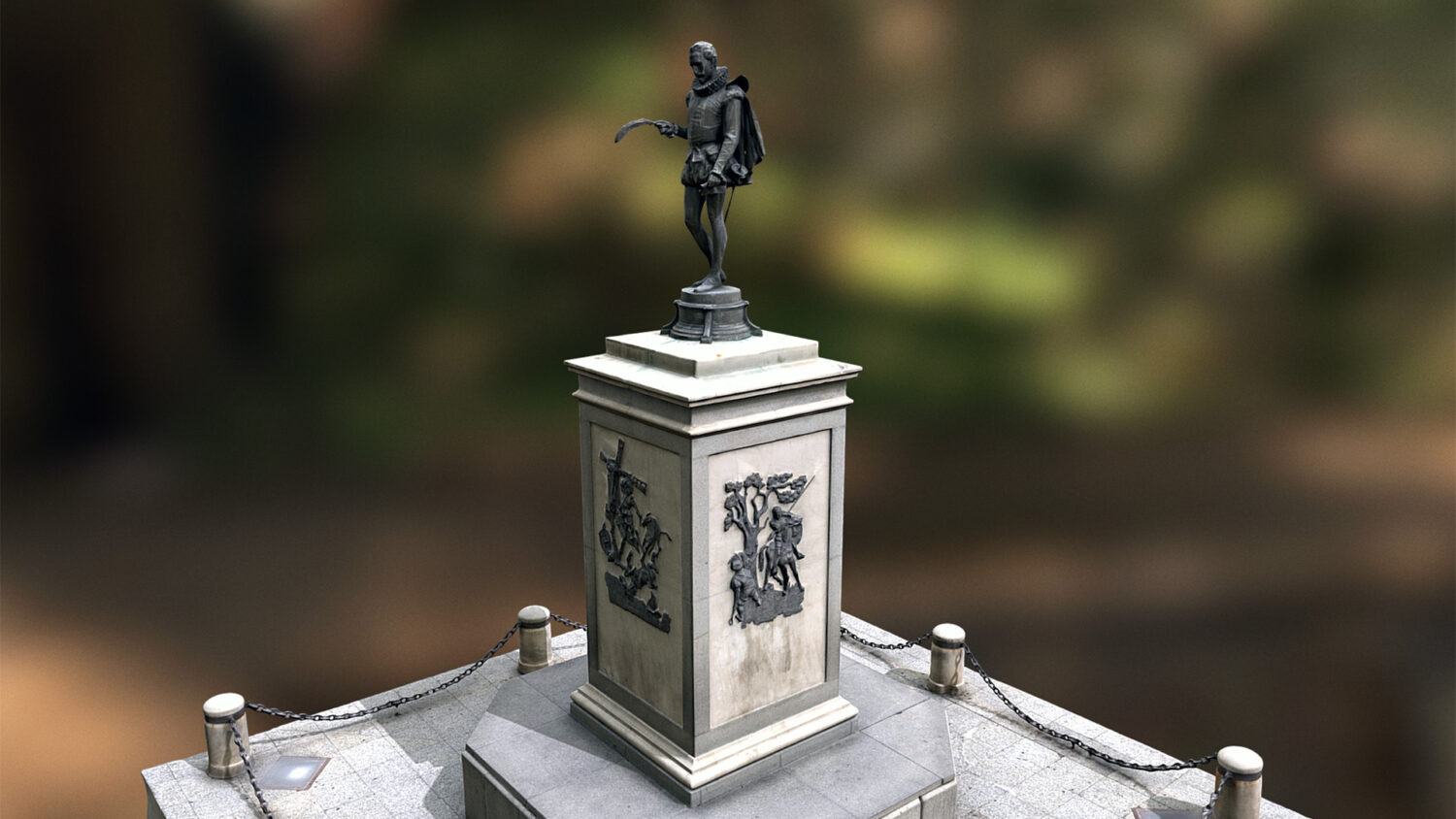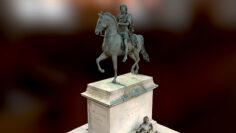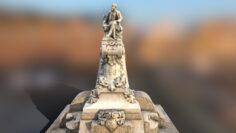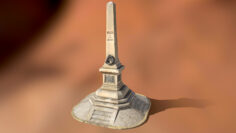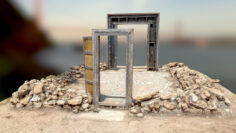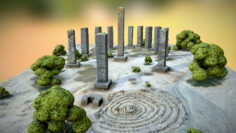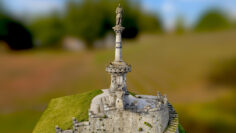Monument to Miguel de Cervantes
This monument of Miguel de Cervantes is located in Alcalá de Henares in the community of Madrid, Spain. Miguel de Cervantes Saavedra was a Spanish novelist, poet, and playwright. His magnum opus, Don Quixote, is considered the first modern European novel, and he is known as the greatest Spanish writer of all time, as well as one of the best universal writers.
His influence on the Spanish language has been so great that it is often called ‘la lengua de Cervantes’ (the language of Cervantes). This is also the reason why the official institute of the Spanish language is called ‘Instituto Cervantes’.
The Monument
The statue that sits on top of the monument was created by the Italian Carlo Nicoli Manfredi. It measures 2.09 meters and weighs around 750 kilos, and is cast in bronze. The work shows the idealized writer, somewhat melancholic, almost romantic, but without forgetting realistic features such as wrinkles and a fleeting gaze that seems to show both intelligence and a certain suffering. Many see it as an idealized approach to Cervantes,
On its base it has the following inscription: “Carlos Nicoli / Florencie MDCCCLXXIX” and “Fratelli Galli / fusero in Firenze”.
It was inaugurated by Mayor Esteban Azaña in 1879. It originally rested on a pedestal of colmenar stone done by Manuel Laredo, which was replaced by the current one after which the sculptor José Noja was commissioned to create the four reliefs that adorn it in 1994. In 2007 it underwent a major restoration, which included the replacement of the pen that he holds in his right hand which had been a part of the original design.
Alcalá de Henares has been listed as a World Heritage City—the only one within the Community of Madrid and one among the nine throughout Spain—thanks to its historical center, where Plaza de Cervantes stands out as the central jewel.
About Miguel Cervantes
Miguel de Cervantes Saavedra was born in Alcalá de Henares in 1547 and died in Madrid in 1616. He is the most representative and universal Spanish writer of all time. He lived in Valladolid, Córdoba, Seville and Madrid, where he was a disciple of López de Hoyos.
A true Spaniard, he fought in the battle of Lepanto in 1571, where he was wounded in his left arm leaving it inert for life, but he never lost it. In 1575, when he returned to Spain, the ship he was on was captured by the Turks and taken to Algiers where he remained a prisoner for five years, until he was rescued by Trinitarian friars.
When he returned to Madrid he married Catalina Salazar in 1584 and obtained the position of commissioner of provisions for the Invincible Armada, although he was later imprisoned for irregularities in the accounts. His last years were relatively quiet, and it is during these times that he wrote his best-known novels.
His first work La Galatea, was printed in his home town of Alcalá de Henares. The rest of his works were published in Madrid, including the Novelas Ejemplares, of 1613; Voyage of Parnassus and the universally recognized The Ingenious Gentleman D. Quixote of La Mancha, in 1605, the first edition, and in 1615 the second, and finally, his posthumous work of 1617, The Works of Persiles and Sigismunda.
Did you know that
Cervantes had a difficult life! His father was sent to prison and his mother had to take out a loan to pay his bail, but it took over five years before he was released. He also went to jail on two occasions. The first, for a short time in 1592, and the second in 1597 when he was 50 years old.
Cervantes was not liked! He worked as a tax collector for much of his life which made him very unpopular – even with the Catholic Church. He was excommunicated three times, as collecting taxes to pay for wars was deemed to be a sin.
Cervantes died poor! While he worked throughout his lifetime and published his masterpiece Don Quixote in 1605, almost 11 years before his death, he died in poverty as he was never paid for its publication.



